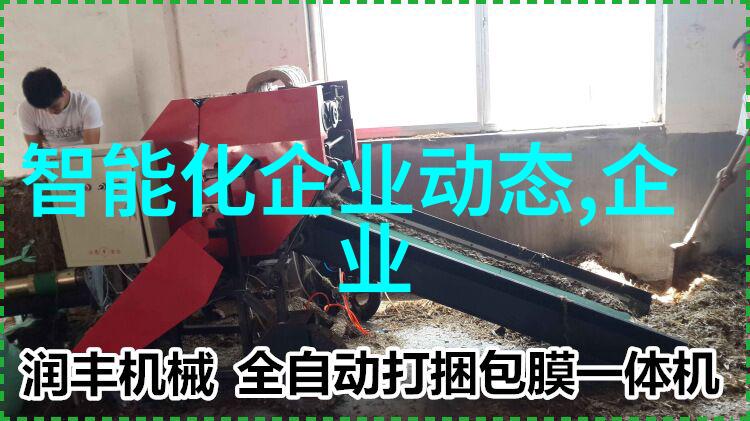2025-01-30 企业动态 0
在进行任何类型的问卷调查之前,研究人员都需要考虑到可能出现的一些偏差问题。问卷调查是社会科学和商业领域常用的数据收集方法,它能够提供有关特定群体观点、行为或需求的信息。然而,这种方法并非完美无缺,存在多种潜在的偏差来源。

首先,我们要理解什么是偏差。在统计学术语中,偏差指的是数据与真实情况之间的不一致。这种不一致可能来自于许多因素,比如样本选择、测量工具以及回应者的反应方式等。在问卷设计时,如果没有妥善处理这些因素,就很难保证所收集到的数据是可靠和准确的。
了解不同类型的问题

问题设计对于提高调查结果的质量至关重要。如果问题过于复杂或者模糊,不会得到明确答案。这类似于数学中的“误解”概念,即由于表达不清导致不同的回答者有不同的理解,从而影响了结果的一致性。此外,一些问题可能包含主观性质,这使得回答者根据个人情感而不是客观事实来作出反应。
考虑语言和文化因素

ask questions that are clear and concise, avoiding jargon or technical terms that may confuse respondents from different cultural backgrounds.
确保响应者的代表性

The sample should be representative of the population being studied to ensure that the results can be generalized accurately.
避免引导式提问

Leading questions are those that suggest a particular answer to the respondent, leading them to respond in a way they think is expected rather than their true opinion.
使用有效措施防止回避回答的问题
Techniques such as "neutral" language and "double-barreled" questions (asking two separate questions in one) can help minimize response bias by reducing confusion and encouraging honest responses.
进行测试以验证设计效果
Before distributing the survey, it's important to test its effectiveness with a small pilot group of participants to identify any issues or biases early on and make necessary adjustments before launching the full survey.
确保参与率高且分布广泛地发布问卷
To minimize non-response bias, surveys should be distributed widely through various channels and have an incentive for participation, such as offering rewards for completed surveys or providing educational materials related to the topic at hand.
对原始数据进行分析以识别模式或异常值
Statistical analysis techniques can help researchers identify patterns or outliers in data which may indicate potential sources of bias within the sample population
讨论结果并对其进行适当解释
When interpreting findings from questionnaires it is essential not only understand what they say but also consider how well they were collected; this includes considering factors like sampling methods used & possible limitations due to time constraints etc
10最后,对所有这些步骤进行详细记录,以便将来参考。
Keeping detailed records of all steps taken during questionnaire design will allow researchers to track changes made throughout development process thus facilitating future reference if needed